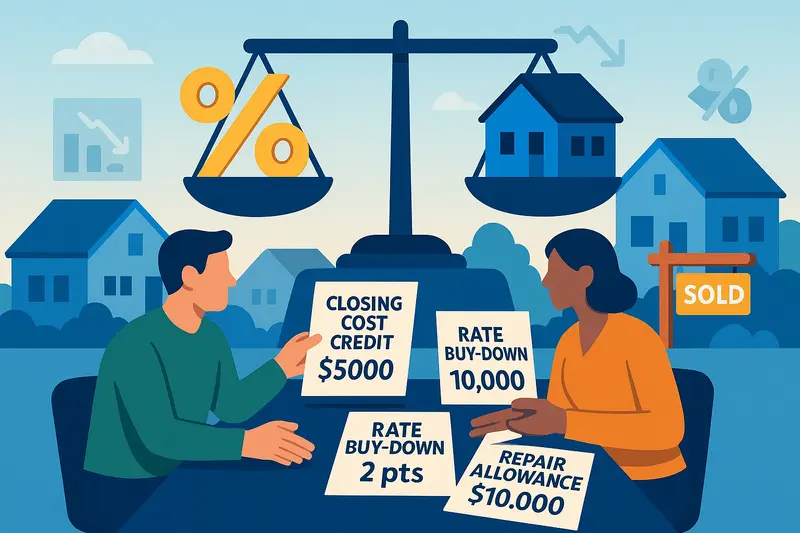Income Property Valuation: Cap Rates, Comparables & Cash Flow Metrics
Question
Answer
Determining an income property’s market worth involves more than eyeballing comparable sales. Investors rely on financial performance data—like Net Operating Income and capitalization rates—to gauge true value, assess risks, and compare opportunities.
Here are the principal methods to value an income property:
- Capitalization Rate (Cap Rate) Approach:
1. Calculate Net Operating Income (NOI) by subtracting operating expenses (taxes, insurance, maintenance, management fees) from effective gross income (rent plus other income minus vacancy losses).
2. Identify prevailing cap rates for similar properties in your market (often between 5%–8%, varying by location and property class).
3. Divide NOI by the market cap rate:
Value = NOI ÷ Cap Rate. For example, a $60,000 NOI at a 6% cap rate implies a value of $1,000,000. - Gross Rent Multiplier (GRM):
Use when detailed expense data is unavailable.
GRM = Sale Price ÷ Annual Gross Rent. If similar properties sell at a GRM of 10 and your building nets $120,000 in annual rent, estimated value is $1.2 million. - Comparable Sales (Sales Comparison):
Research recent sales of buildings with similar size, age, class, and location. Adjust sale prices to reflect differences in condition, amenities, and lease terms. This method offers market‑driven benchmarks but may overlook individual cash flow profiles. - Discounted Cash Flow (DCF) Analysis:
Project annual cash flows (NOI minus debt service), then discount them to present value using your target rate of return. Add the anticipated resale value (terminal cap rate). DCF provides the most detailed view but requires realistic income, expense, and exit assumptions.
Each approach offers insights: cap rates and GRMs help with quick screening, comparables ground your estimate in actual sale data, and DCF delivers a comprehensive valuation model. Buyers are recommended to verify market cap rates and GRMs via local brokerage reports or sources like the NAR Research, and to consult a licensed appraiser for formal valuations.
By combining these methods, you’ll arrive at a well‑supported estimate of an income property’s value—crucial for underwriting mortgages, negotiating acquisitions, and planning long‑term investment strategies.


